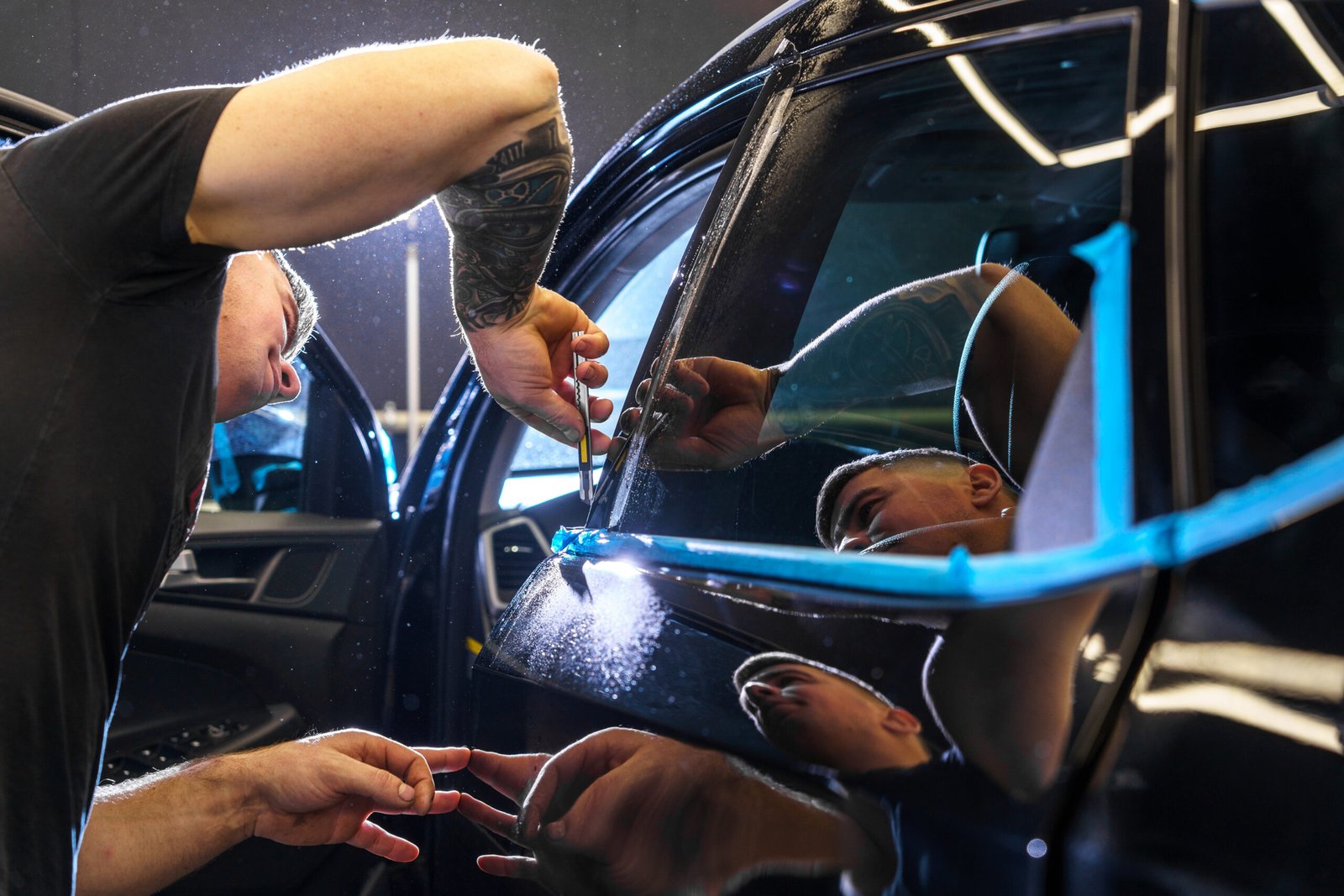Car Window Tinting: 7 Things You Need to Learn
Car window tinting can give your car a stylish look and transform your driving experience. It is crucial, however, to understand the legal aspects, film types, and installation quality before making a decision. Tinting can enhance your car’s aesthetics and even increase its resale value, offering benefits like increased privacy and security, protection from harmful UV rays, glare reduction, and improved safety. Tony’s Auto Salon New Orleans Windeaux & wrap provides reliable and effective tinting services backed by quality materials and professional workmanship.
7 Must-Know Facts About Car Window Tinting
Are you finding it increasingly difficult to drive in scorching daylight conditions when commuting for work? Want to get your car windows tinted, but not sure about the film types and local regulations regarding tint darkness? Modern tints not just enhance visibility by reducing glare, they block harmful UV rays, potentially reducing interior heat by up to 60%. Understanding car window tinting basics is essential for a comfortable and stylish ride.
Interesting Fact
The future of car window tints is heading towards automotive tints that adjust based on GPS data, time of the day, or even regional weather conditions.
Here are the essential insights you should know about car window tinting when upgrading your vehicle.
Different Film Types
Several types of car window tints are available, each with its own specific properties and price tag.
Ceramic tint
The highest quality tint blocks up to 99% UV rays, rejects high levels of heat and infrared rays, reduces glare and fading, and is shatter-resistant. It has minimal signal interference and offers maximum visibility.
Carbon tint
It offers a matte finish (black appearance) on the windows, is durable, and offers good heat rejection. It doesn’t provide infrared ray rejection, but presents fading.
Metallic tint
It offers good heat rejection and glare (99% of UV rays), but it can interfere with electronic signals. Costs more than dyed films and makes your windows scratch and shatter-proof.
Dyed tint
It is the least expensive option, but it doesn’t provide effective heat blockage and can fade over time.
Legal Aspects of Car Window Tinting
Car window tint laws vary significantly by state or by locality within a state. Some have restrictions on the darkness of the tint (measured by visible light transmission, VLT), while others have restrictions on the type of tint. Before getting one, research the specific laws in your area to ensure compliance.
The Installation Quality and the Costs
Proper installation is crucial for achieving quality, long-lasting results. A good installation will have a uniform finish, with no gaps or bubbles. The installation cost of nano ceramic films is about 20 % higher than the typical ceramic variety, while carbon tints are more expensive than dyed or metallic tints.
Benefits of Car Window Tinting
Car window tints reduce glare, eye strain, and lower cabin temperatures. It offers enhanced privacy and protects the occupants from UV rays, preventing interior fading.
Did you know?
Window tints can help hold shattered glass together in the event of an accident, providing an extra layer of safety.
DIY vs. Professional Installation
While DIY kits are available, professional installation ensures optimal results. Professional installers can handle tricky areas like defroster bars and ensure a proper fit and finish.
How to Maintain the Tints?
Avoid harsh chemicals or abrasive cleaners when cleaning car windows. Use a mild soapy solution with a soft cloth for long-lasting results.
How to Remove Car Window Tints?
You might need to remove window tints if moving to a new state with different tinting regulations or when getting a new tint. Using a new razor blade, remove a corner edge of the tint. Gently pull away the loose edge as you use the heat gun or high-powered hair dryer to weaken the adhesive. Once the film is removed, use a citrus-based adhesive remover and a blade to scrape off the remaining glue. Use a glass cleaner to wipe the window clean.
Conclusion
Apart from giving your car a stylish look, car window tints are designed to block harmful UV rays, reduce glare, and provide enhanced privacy and security. Understanding the basics of car window tinting like the local laws and choosing the right film and darkness level, is crucial for a safe and comfortable ride.
FAQs
1. Which is darker, a 20% or a 35% car window tint?
A 20% tint is inherently darker than a 35% tint, allowing only 20% of the sunlight to pass through, compared to 35% for the 35% tint.
2. What is the difference between a ceramic tint and a regular tint?
Ceramic tint reduces glare while maintaining clarity, ensuring safe driving conditions. The reduction in light transmission with a regular tint may affect visibility in lower light conditions.
3. Do ceramic tint blocks cell signals?
Non-metalized and ceramic tints provide heat reduction, UV protection, and glare control without affecting your wireless signals whatsoever.
4. How long does car window tinting last?
On average, professionally installed window tint can last 5 to 10 years, depending on the film type (dyed, carbon, ceramic), sun exposure, and how well the tint is maintained.
5. Will tinting my windows affect nighttime visibility?
Light and medium tint shades (35–50%) typically have minimal impact at night. Very dark tints like 5–20% can reduce visibility after sunset, which is why it’s important to choose a shade that balances privacy and safety.



